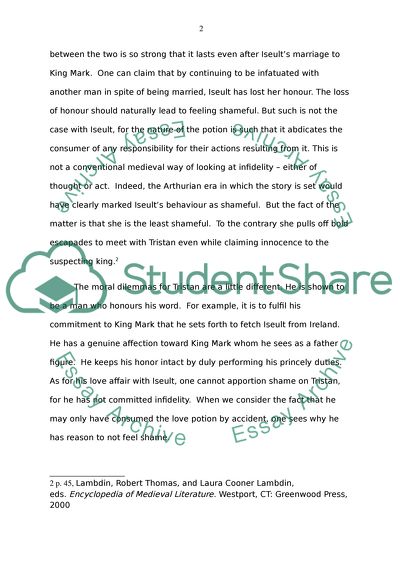Cite this document
(“Honor vs Shame in medieval literature Research Paper”, n.d.)
Honor vs Shame in medieval literature Research Paper. Retrieved from https://studentshare.org/literature/1635994-honor-vs-shame-in-medieval-literature
Honor vs Shame in medieval literature Research Paper. Retrieved from https://studentshare.org/literature/1635994-honor-vs-shame-in-medieval-literature
(Honor Vs Shame in Medieval Literature Research Paper)
Honor Vs Shame in Medieval Literature Research Paper. https://studentshare.org/literature/1635994-honor-vs-shame-in-medieval-literature.
Honor Vs Shame in Medieval Literature Research Paper. https://studentshare.org/literature/1635994-honor-vs-shame-in-medieval-literature.
“Honor Vs Shame in Medieval Literature Research Paper”, n.d. https://studentshare.org/literature/1635994-honor-vs-shame-in-medieval-literature.


